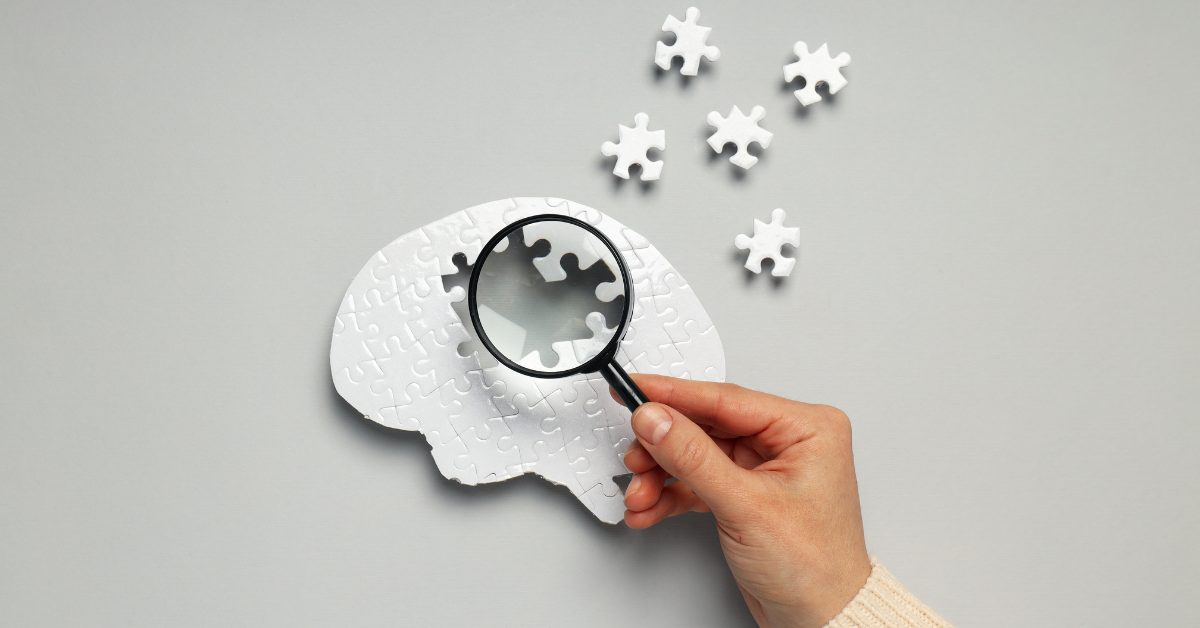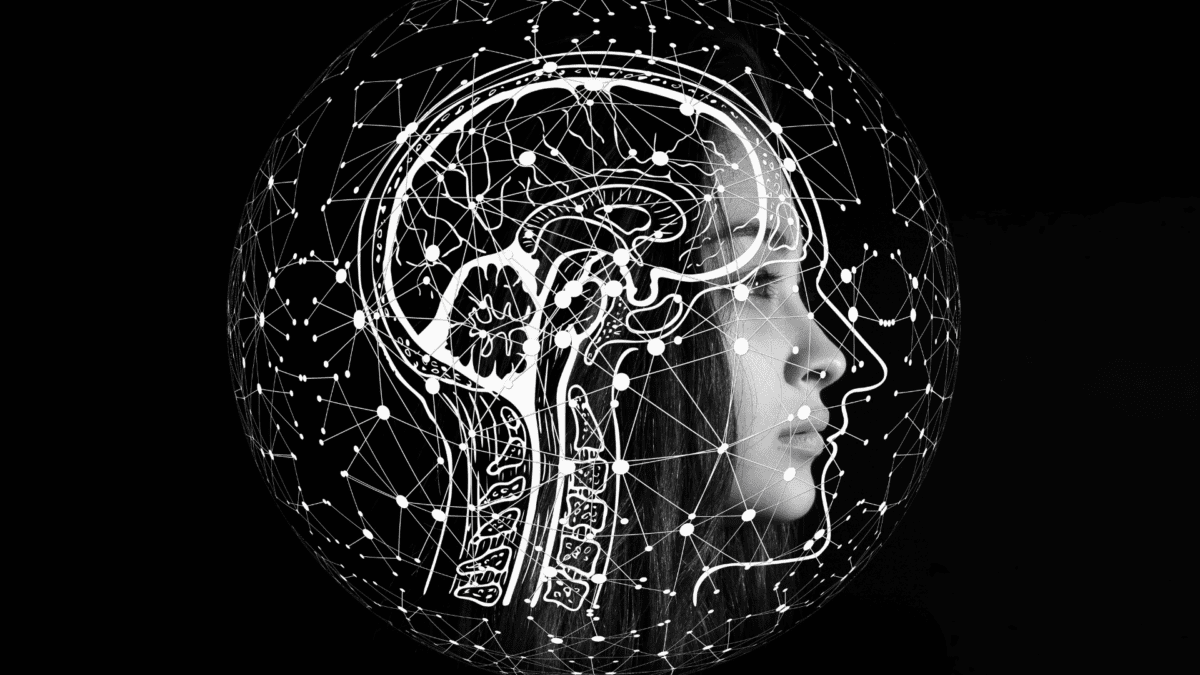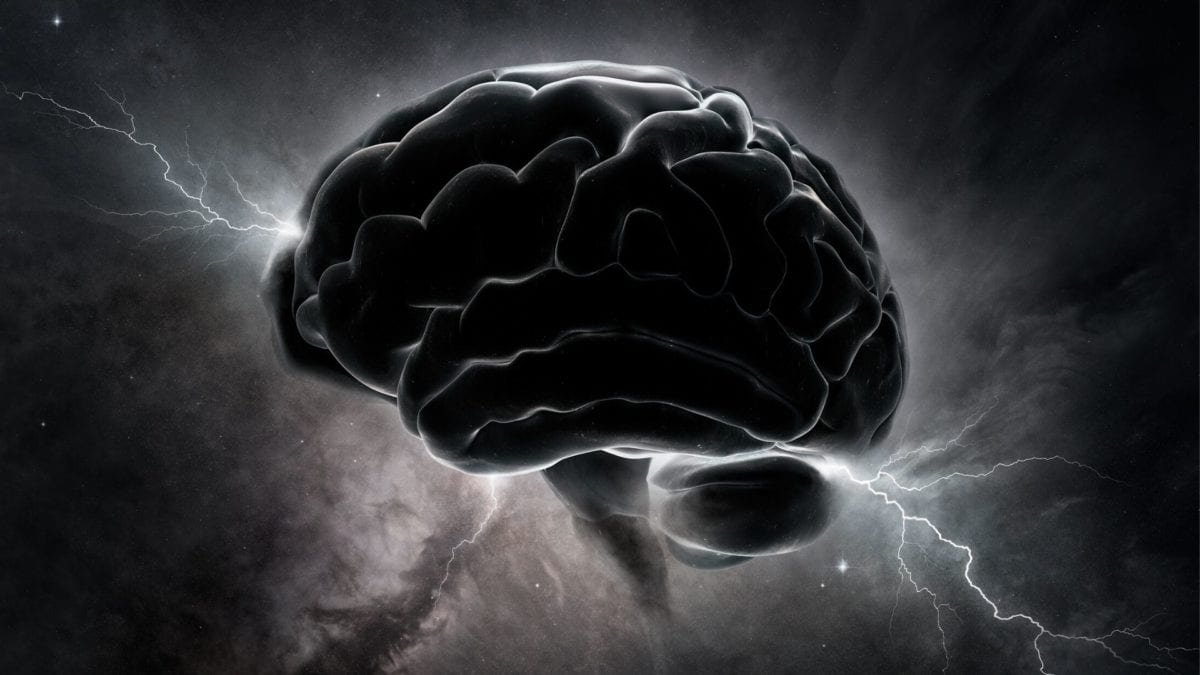Introduction:
The concept of brain plasticity has been a focal point of neuroscience for years. Essentially, it reflects the brain’s ability to rewire and adapt in response to new experiences, learning, and environmental changes. But does this malleability stand the test of time? As we age, do our brains retain their adaptability or succumb to the rigidities that accompany the autumn years of life?
1. Aging and Plasticity A Complex Relationship:
Experience and scientific research converge on a singular truth: as we age, our brain’s plasticity does show signs of waning. This isn’t merely a theoretical assertion; reallife scenarios bring this to light. Consider the analogy of missed flights across different generations. A younger individual might navigate such a situation with aplomb, displaying adaptability and swift problemsolving. In contrast, an older person might be enveloped in distress and anxiety, indicating a reduced ability to adapt.
2. The Patterns of Aging:
It’s a widespread observation, cutting across cultures, that aging often brings with it an affinity for routine and predictability. This predilection for familiarity over novelty is an embodiment of reduced neural plasticity. Whether it’s an adherence to schedules, a resistance to altering longstanding habits, or a diminished enthusiasm for novel experiences, these patterns underscore a decline in the brain’s adaptability with age.
3. The Root Causes:
Neuropsychiatry posits that various factors contribute to this decline in plasticity. These include, but aren’t limited to, reduced synaptic density, changes in neurotransmitter levels, and diminished neurogenesis (the process of forming new neurons). These physiological shifts, combined with a lifetime of accumulated experiences that shape our expectations and perceptions, contribute to the aging brain’s decreased adaptability.
4. Retaining and Boosting Plasticity:
Hope is far from lost. One of the most exciting realms of research in neuroscience pertains to enhancing and retaining plasticity as we age. Engaging in continuous learning has been identified as a potent catalyst for maintaining plasticity. Picking up new skills, whether they’re cognitive, physical, or artistic, challenges the brain, stimulating neural pathways and fostering adaptability.
5. The Power of Lifelong Learning:
The journey of preserving brain plasticity is a testament to the adage “you’re never too old to learn.” Embracing new skills, from learning a musical instrument to mastering a new language or even engaging in intricate crafts, offers dual rewards: the joy of the skill itself and the stimulation it provides to the brain. This active engagement acts as a workout for the brain, keeping it agile and resilient.
Conclusion:
While age might bring about certain inevitable changes, our brain’s adaptability isn’t entirely lost to the sands of time. With conscious efforts, a proactive approach to learning, and an openness to new experiences, we can retain, if not enhance, our brain’s plasticity. After all, age is just a number; it’s our actions and attitudes that truly determine the dynamism of our minds.
In the orchestra of life, the brain’s adaptability is its most harmonious tune. Age might change the tempo, but the melody remains.
Explanation of the Quote:
The brain’s adaptability, much like a harmonious tune, is its most striking and beautiful feature. While age may influence its pace or tempo, the core essence the adaptability remains intact. It’s a call to embrace age with grace, acknowledging its impact yet remaining proactive in nurturing our brain’s dynamism.












